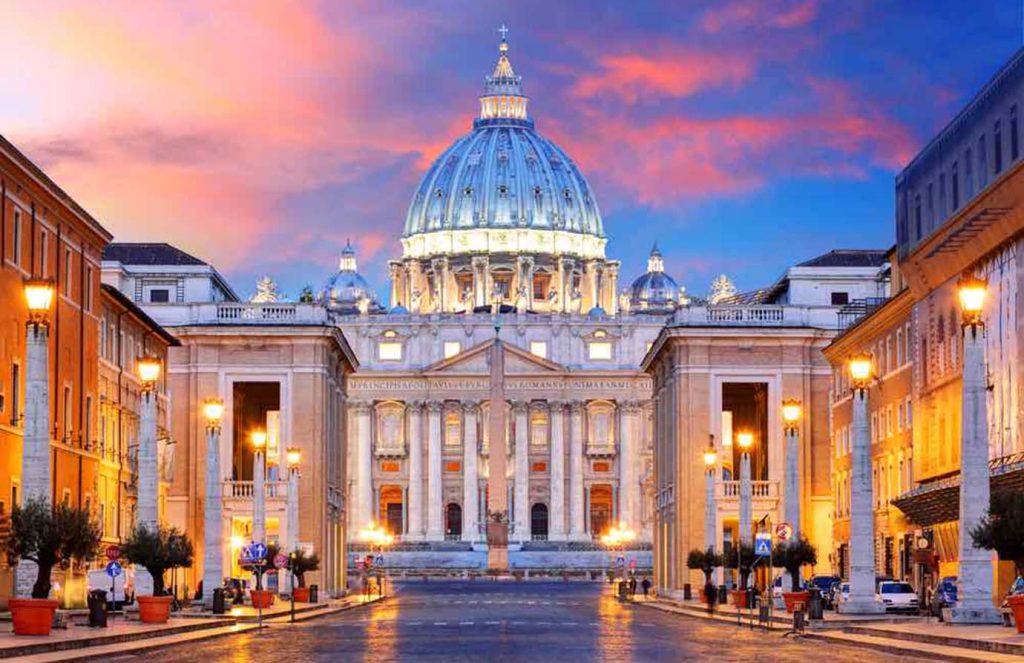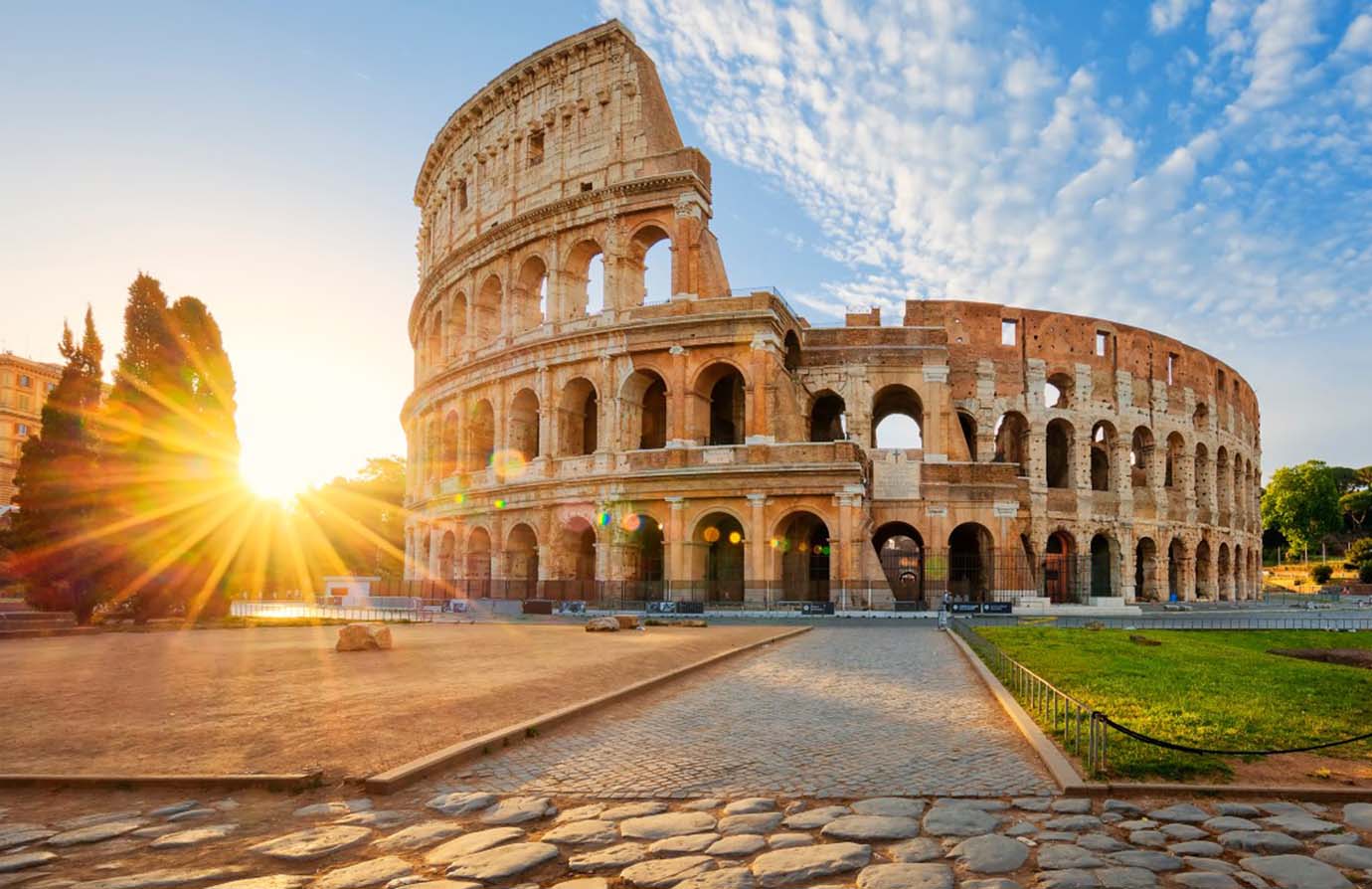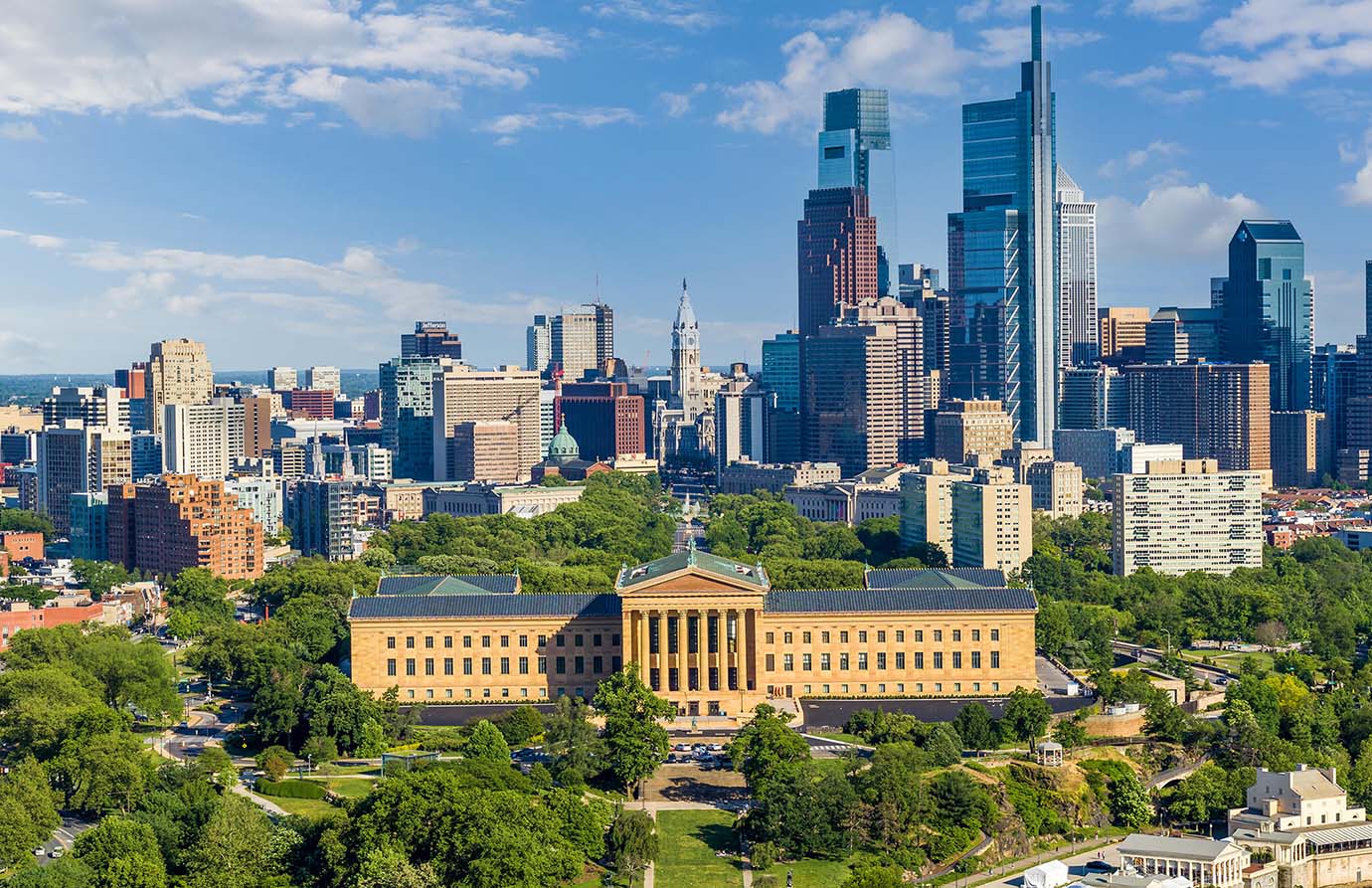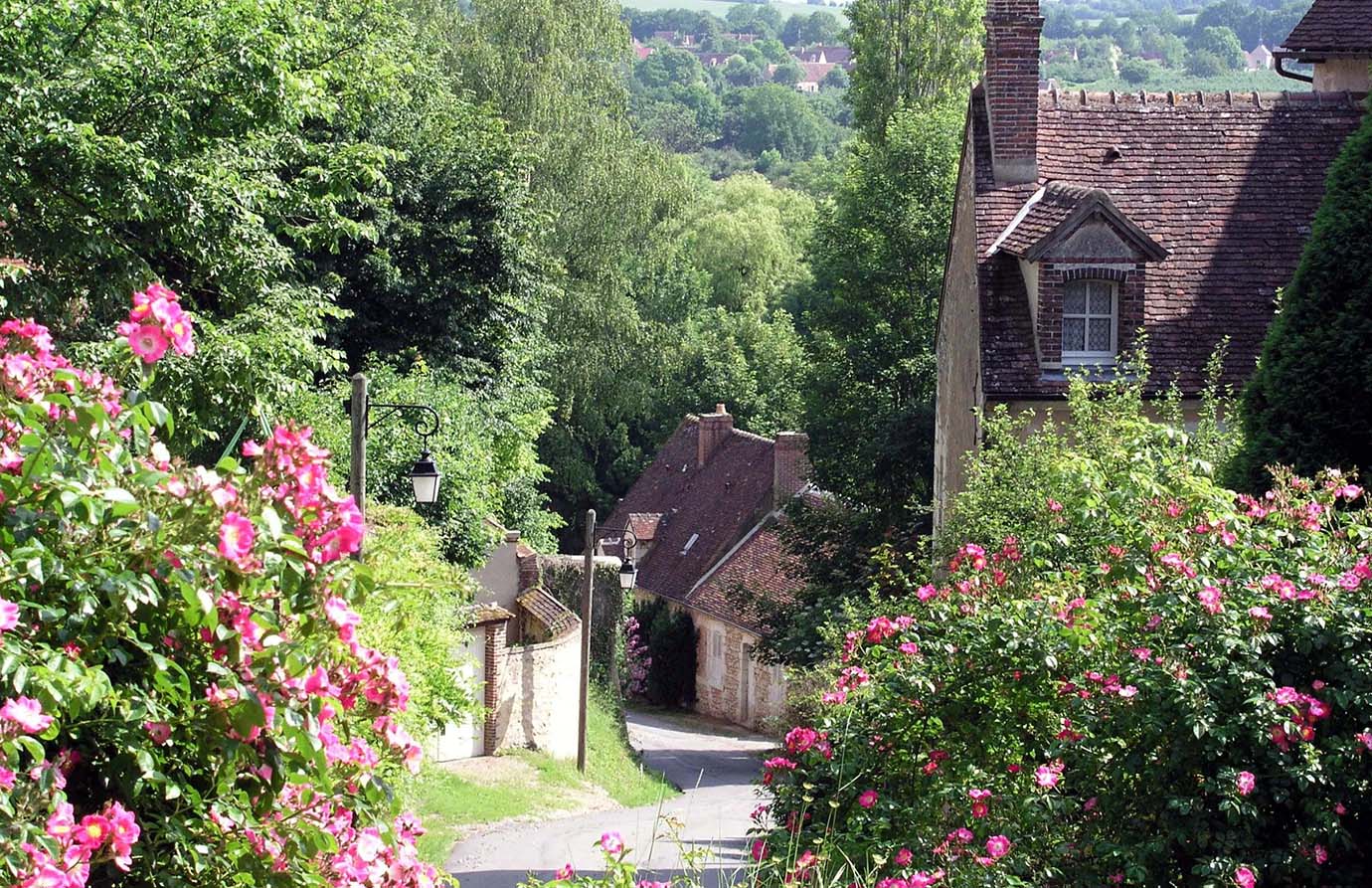Rome, where history, culture, and culinary delights converge to create an unforgettable travel experience. I will introduce this iconic city to you, discovering its hidden gems and soaking in the vibrant atmosphere that defines the Eternal City.
Travel Gear and Attire
Packing for Rome requires strategic planning to ensure comfort and style throughout your journey. Rome’s diverse terrain, from ancient ruins to bustling markets, demands footwear that blends durability with comfort.
I opted for a pair of well-cushioned walking shoes that provided support during long days of sightseeing while maintaining a stylish appearance suitable for both daytime excursions and evening dinners.
Clothing choices centered around lightweight fabrics such as cotton and linen, ideal for navigating Rome’s Mediterranean climate. I packed a mix of breathable tops, comfortable pants, and a versatile jacket for cooler evenings or visits to religious sites that require modest attire.
Accessories like a wide-brimmed hat and sunglasses were essential for sun protection, complementing my travel ensemble with practicality and flair.
Currency Exchange and SIM Cards
Arriving at Fiumicino Airport, I exchanged currency at a reputable bureau de change to secure euros for initial expenses. Alternatively, ATMs located throughout Rome offer convenient access to euros at competitive exchange rates.
For seamless connectivity, purchasing a local SIM card proved invaluable. After comparing options at the airport, I selected a prepaid SIM card offering generous data allowances and reliable network coverage.

Activating the SIM card was straightforward, enabling instant access to maps, restaurant reviews, and real-time communication with friends and family throughout my Roman adventure.
Local Etiquette and Cultural Experiences
Navigating Rome’s cultural nuances enhances the travel experience, fostering meaningful interactions and mutual respect with locals. Italians value traditional greetings such as “buongiorno” and “buonasera,” reflecting politeness and acknowledging the time of day.
When dining out, observing table manners such as waiting for everyone to be served before eating underscores respect for dining customs. Most meals are enjoyed with utensils, though exceptions exist for casual fare like pizza, where eating with your hands is permissible.
Embracing these customs enriches cultural exchanges, fostering memorable encounters that transcend language barriers and unite visitors with the vibrant spirit of Rome.
Cultural Encounter: The Art of Greeting
A poignant cultural moment unfolded while exploring the quaint neighborhood of Monti, renowned for its artisan boutiques and historic landmarks. Amidst a lively market brimming with local produce and artisanal crafts, I inadvertently bumped into an elderly Roman vendor arranging a display of fresh vegetables.
Expecting a hasty apology, I was pleasantly surprised when the vendor responded with a warm smile, inviting me to sample seasonal fruits and share in his enthusiasm for market traditions.
Through our impromptu conversation, I gained insight into the cultural significance of local markets in fostering community spirit and preserving culinary heritage. This heartfelt exchange exemplified the generosity and hospitality ingrained in Roman culture, leaving an indelible impression of warmth and camaraderie.
Recommended Attractions
1. The Colosseum
A timeless icon of Roman ingenuity and grandeur, the Colosseum stands as a testament to the city’s ancient legacy.
This monumental amphitheater once hosted gladiatorial contests and theatrical spectacles that captivated audiences from across the Roman Empire. Embarking on a guided tour, I marveled at the Colosseum’s colossal architecture and immersive exhibits recounting its storied history.
Ascending to the upper tiers, panoramic views of the surrounding Palatine Hill and Roman Forum offered a breathtaking perspective on ancient Rome’s architectural prowess and cultural achievements.
How to Get There: Strategically situated in Rome’s historic center, the Colosseum is accessible via metro, bus, or leisurely stroll from neighboring landmarks such as the Arch of Constantine and Circus Maximus.
Tips: Optimize your visit by securing skip-the-line tickets in advance, particularly during peak tourist seasons. Early morning tours provide an intimate glimpse into the Colosseum’s serene ambiance before bustling crowds arrive, enhancing the allure of this iconic monument.
2. Vatican City
An enclave of artistic splendor and spiritual significance, Vatican City beckons visitors with its sacred treasures and architectural masterpieces.

Home to St. Peter’s Basilica, the Vatican Museums, and the awe-inspiring Sistine Chapel, this sovereign city-state embodies the intersection of faith, history, and cultural heritage.
Delving into its labyrinthine galleries, I marveled at Michelangelo’s transcendent frescoes adorning the Sistine Chapel’s vaulted ceiling, immersing myself in the profound beauty and narrative richness of Renaissance artistry.
How to Get There: Conveniently accessed via Ottaviano-San Pietro metro station, Vatican City is a brief stroll through the enchanting Borgo district, where ancient marvels and modern aspirations converge.
Tips: Dress respectfully when visiting St. Peter’s Basilica and the Vatican Museums, adhering to attire guidelines that emphasize modesty and decorum. Prioritize early morning visits or late afternoon excursions to circumvent crowds and bask in the serenity of Vatican City’s hallowed precincts.
3. Trevi Fountain
An opulent testament to Baroque elegance and artistic grandeur, the Trevi Fountain beckons visitors with its sculpted magnificence and mystical allure.
Crafted by architect Nicola Salvi in the 18th century, this iconic landmark celebrates Neptune, the Roman god of the sea, amidst cascading waters and mythical tritons.
Embracing the tradition of tossing a coin over one’s shoulder into the fountain ensures a return to Rome, perpetuating a centuries-old ritual that symbolizes hope, renewal, and enduring reverence for the Eternal City’s timeless allure.
How to Get There: Nestled within Rome’s bustling Trevi district, the fountain is within easy reach from the illustrious Spanish Steps and accessible via Barberini metro station, where the city’s storied past converges with contemporary vitality.
Tips: Embrace the tranquility of early morning or twilight visits to savor the Trevi Fountain’s splendor in solitude, capturing timeless moments amid the backdrop of shimmering waters and celestial artistry.
4. Trastevere Neighborhood
A sanctuary of rustic charm and bohemian allure, Trastevere embodies the quintessential essence of Roman authenticity and community spirit.
Spanning the west bank of the Tiber River, this labyrinthine enclave entices travelers with its labyrinthine alleys, sun-dappled piazzas, and convivial trattorias steeped in culinary tradition.
Wanderlust beckons amidst cobblestone streets adorned with ivy-clad facades and age-old churches adorned with vibrant frescoes, inviting exploration of hidden gems and cherished secrets that illuminate Trastevere’s timeless allure.
How to Get There: Cross the Tiber River via Ponte Sisto or Ponte Garibaldi, where the rhythm of Rome’s beating heart resonates with the exuberance of Trastevere’s storied past and vibrant present.
Tips: Embrace the allure of spontaneous discovery while traversing Trastevere on foot, meandering through storied lanes and intimate squares that echo with the laughter of locals and the aroma of tantalizing cuisine, creating an authentic tapestry of Roman hospitality and cultural immersion.
Street Food Delights and Safety Tips
Embarking on a gastronomic odyssey through Rome’s bustling streets unveils a tapestry of culinary treasures and tantalizing flavors that celebrate the city’s rich heritage and vibrant cultural mosaic.
From savory supplì bursting with Arborio rice and mozzarella to artisanal gelato crafted from the finest ingredients, each bite offers a savory symphony of flavors that captures the essence of Roman authenticity and gastronomic innovation.

Ensuring food safety remains paramount, I prioritized vendors renowned for their meticulous hygiene standards and adherence to traditional cooking methods, savoring street food delicacies with confidence and delight amidst Rome’s spirited ambiance and culinary allure.
Planning Your Itinerary and Budget
Crafting a comprehensive itinerary for exploring Rome affords travelers the opportunity to maximize their journey’s potential while embracing the city’s diverse attractions and cultural riches.
Prioritizing must-see landmarks and architectural marvels enables seamless navigation through Rome’s storied streets, fostering a deeper appreciation for the city’s timeless allure and cultural legacy. Investing in a Roma Pass facilitates expedited access to museums and galleries, optimizing travel logistics while affording travelers the flexibility to explore at their own pace.
Accommodation options encompass a spectrum of choices, ranging from quaint bed-and-breakfasts nestled within historic districts to luxurious hotels overlooking iconic landmarks, catering to diverse preferences and budgetary considerations.
Securing comprehensive travel insurance provides peace of mind against unforeseen circumstances, ensuring seamless travel experiences enriched by Roman hospitality and authentic cultural encounters.
Embarking on an odyssey through Rome unveils a tapestry of timeless wonders and cultural treasures that captivate the senses and enrich the spirit.
From ancient landmarks steeped in storied grandeur to culinary delights that celebrate Rome’s gastronomic heritage, each moment spent traversing the Eternal City’s labyrinthine streets and bustling piazzas evokes a profound sense of discovery and wonder.
I invite you to embark on your own Roman adventure, embracing the city’s vibrant tapestry of history, culture, and culinary innovation with open arms and an adventurous spirit.



